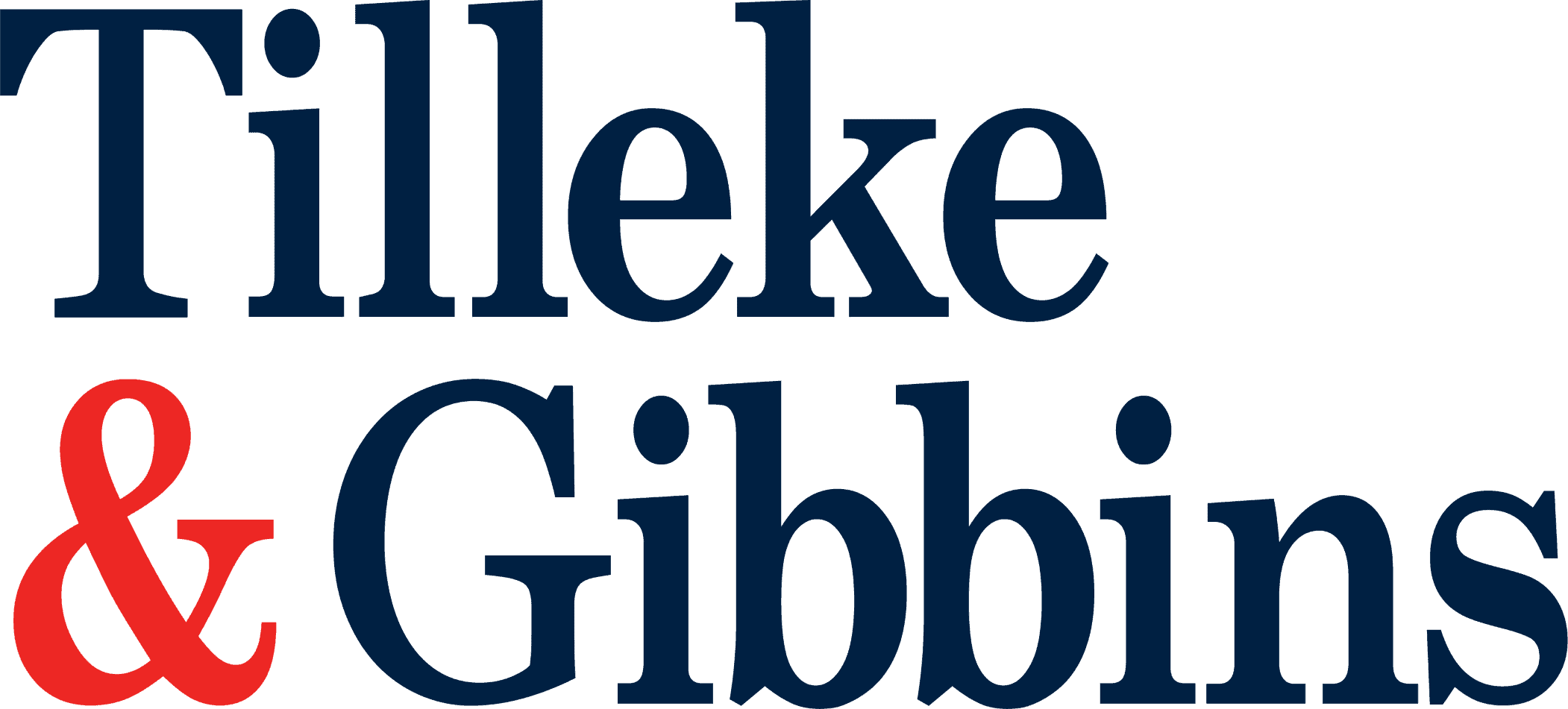
In order to expand the availability of life and non-life insurance policies to those who are unable to afford standard premiums, the Office of the Insurance Commission (OIC) has been promoting microinsurance in Thailand.
As the word suggests, a microinsurance policy carries a low premium and limited coverage. The policies are largely standardized and have simpler wording (approved by the OIC), containing all possible information that the customer might need to know about the policy. The policies also have a simplified claims process and are available through more convenient channels of sale.
From a public policy standpoint, microinsurance is aimed at providing financial protection in respect of personal risks, addressing perceived problems in Thailand’s pension system, reducing debt owed to loan sharks, addressing social inequality, and increasing savings. Multiple insurance companies, insurance industry associations, and the OIC have been involved in its development.
Premiums and Coverage
Microinsurance premiums range from THB 200 to THB 1,000 per year, depending on the product. Several policies are available, including life insurance, residential fire insurance, personal accident insurance, and life/savings insurance, among others.
One of the first products to be launched is “Microinsurance 200.” In line with its name, it has an annual premium of only THB 200. It provides coverage of up to THB 100,000, depending on the type of loss. Specifically, coverage is divided into three categories:
- THB 100,000 for accidental death, loss of hand, foot, or eyesight, or permanent disability, due to causes other than those listed under item 2;
- THB 50,000 for accidental death, loss of hand, foot, or eyesight, or permanent disability, due to motorcycle accident (whether as the driver or a rider of a motorcycle), or in the case of murder or assault; or
- THB 10,000 for funeral expenses due to death from illness (after the first 120 days of the policy term).
Conditions
Eligibility to purchase Microinsurance 200 and to make claims against it is subject to certain conditions. Among these, the customer must be aged 20 to 60 years old, and once issued, the policy cannot be cancelled or revoked. In addition, a customer cannot purchase more than two policies, regardless of the insurance company used, and any excess policies (i.e., third, fourth, and onwards) are ineffective. Provisions exist for refunds in case a customer purchases too many.
Distribution Channels
Microinsurance can be purchased via nontraditional channels, such as through Counter Service at 7-Eleven, Tesco Lotus, and certain convenience stores. The OIC regulations provide that microinsurance products can only be offered for sale via staff of the insurance company at the points of sale located at the insurance company; insurance agents or brokers; insurance agents for microinsurance; or auto-distribution machines.
Microinsurance agents and brokers are subject to a more lax licensing regime, to encourage people to sell microinsurance and increase its availability. This is logical, given that microinsurance is targeted at a different demographic, compared to that of traditional insurance. As for auto-distribution machines, these are subject to approval by the OIC, and are not yet available. Despite the apparent ease of access to microinsurance, the OIC still maintains a tight regulatory grip on the industry, which provides protection for consumers.
The sales process has been simplified as well. Regulations require that insurance companies require each of the sales channels to request certain information from each customer. In practice, a customer need only scan his or her identification card at the point of sale and input a mobile phone number. After that, the customer can pay the premium, and a payment slip is issued on the spot.
For some categories of microinsurance, a certificate of insurance is also issued on the spot, and the coverage becomes effective immediately. For other types of insurance, additional information may be required from the customer before the policy becomes effective. In such a case, a customer would typically receive a phone call after purchase requesting such additional information.
For example, in the case of some types of life insurance, information may be sought on the customer’s health condition. If the customer is approved, the insurance company would send a confirmation text message, and the coverage would then become effective. Afterwards, a microinsurance certificate is sent to the customer’s home address. Then, insurance companies are obliged to report the results of the sale to the OIC.
Clearly, purchasing microinsurance is a very quick and easy process. Nevertheless, reports thus far indicate that the uptake of microinsurance has fallen below expectations. There could be any number of reasons for this. Going forward, the insurance industry will need to consider modifying its business model in order to effectively reach out to customers, and it will have to reduce the administrative costs related to the promotion of microinsurance. The OIC will also need to create a regulatory environment suitable for the proliferation of microinsurance in Thailand.
